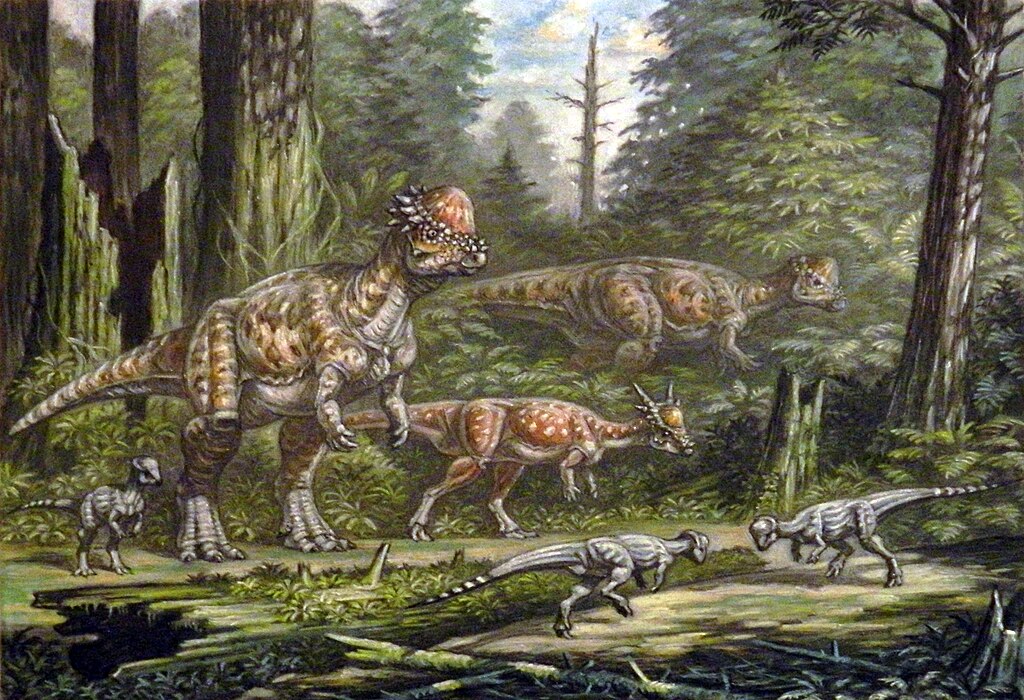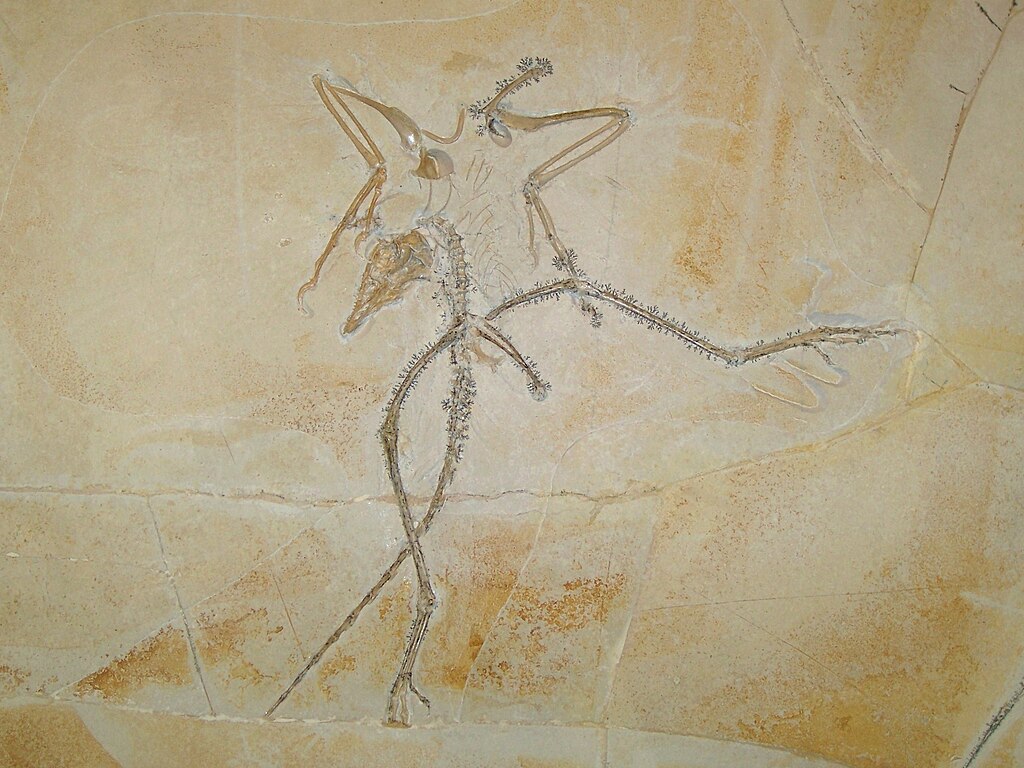In the vast expanse of prehistoric Texas, long before dinosaurs dominated the landscape, a formidable predator stalked the Triassic plains with menacing efficiency. Postosuchus, a massive crocodile-like reptile, ruled as apex predator approximately 220-230 million years ago, leaving behind fossil evidence that continues to fascinate paleontologists and prehistoric enthusiasts alike. This remarkable creature, whose name means “Post’s crocodile,” offers a fascinating glimpse into the complex ecosystems that existed before the rise of dinosaurs. Discovered primarily in Texas, Postosuchus represents a critical piece in understanding the evolutionary puzzle of archosaurs and the development of predatory adaptations in prehistoric reptiles.
The Discovery of Postosuchus in Texas
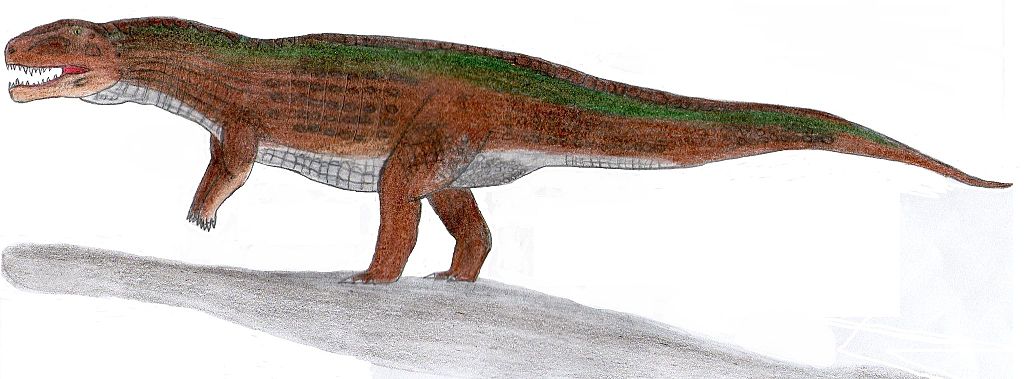
The story of Postosuchus begins in the rugged terrain of Post Quarry in Garza County, Texas, where the first significant remains were unearthed in the 1920s. The site, part of the extensive Dockum Group geological formation, yielded fossils that would eventually revolutionize our understanding of pre-dinosaur predators. Initial discoveries were made by paleontologist Ermine Cowles Case, but it wasn’t until the 1980s that paleontologist Sankar Chatterjee conducted more comprehensive excavations and formally named the genus. The name “Postosuchus” honors both the location of its discovery (Post Quarry) and its superficial resemblance to crocodiles, despite not being directly related to modern crocodilians. These Texas discoveries remain among the most complete Postosuchus specimens ever found, providing crucial insights into the creature’s anatomy and lifestyle.
Anatomical Features and Physical Appearance
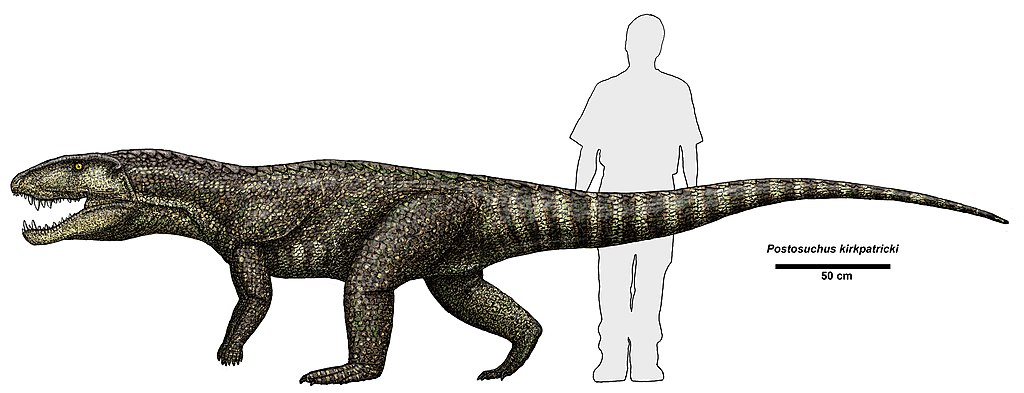
Postosuchus presented an intimidating figure, stretching up to 4-5 meters (13-16 feet) in length and standing about 1.2 meters (4 feet) tall at the hip. Unlike the sprawling posture of many reptiles, this predator adopted a more upright stance, with its legs positioned directly beneath its body—a posture reminiscent of dinosaurs and mammals rather than typical reptiles. Its skull measured approximately 55 centimeters (22 inches) long, equipped with sharp, serrated teeth designed for slicing through flesh. The creature possessed powerful jaws with a bite force that could easily crush bone. Postosuchus featured a lengthy tail that likely provided balance during locomotion and possibly served as a weapon. Its body was protected by osteoderms—bony plates embedded in the skin—offering additional defense against potential threats or rival predators. This combination of features made Postosuchus a supremely adapted hunting machine in the Late Triassic landscape.
Taxonomic Classification and Evolutionary Significance
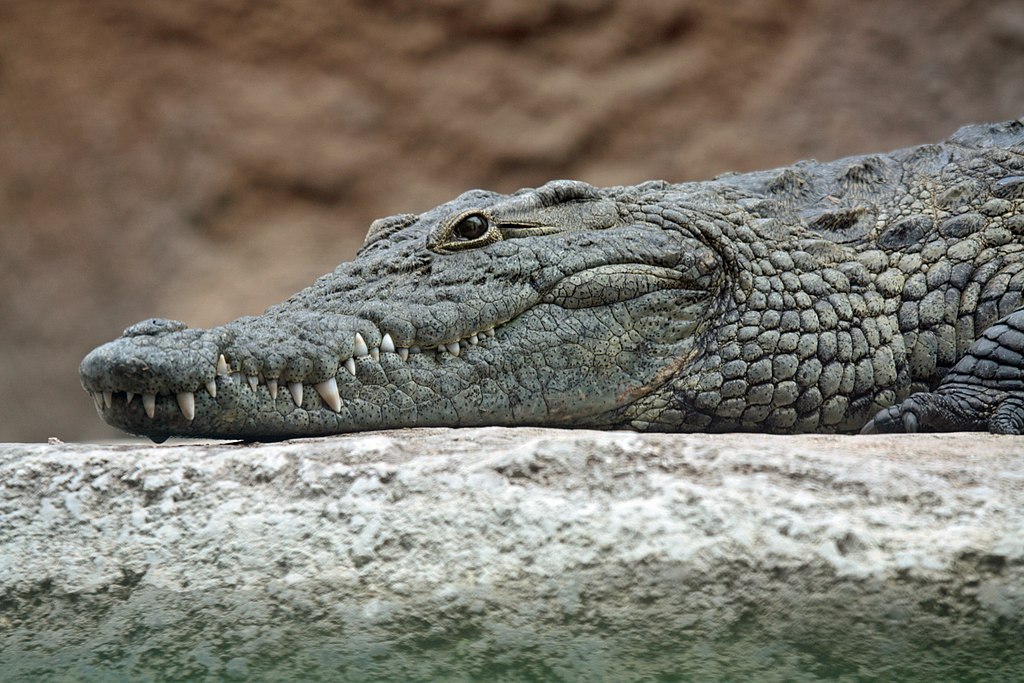
Postosuchus belongs to a group called rauisuchians, formidable archosaurs that dominated terrestrial ecosystems before dinosaurs rose to prominence. Archosaurs represent the larger evolutionary group that eventually gave rise to crocodilians, pterosaurs, dinosaurs, and eventually birds. Specifically, Postosuchus is classified as a pseudosuchian, aligning it with the evolutionary branch leading to modern crocodilians rather than the avian-dinosaur lineage. This taxonomic position makes Postosuchus particularly valuable for understanding the early diversification of archosaurs following the devastating Permian-Triassic extinction event. The creature exemplifies convergent evolution, having independently developed features similar to later theropod dinosaurs despite being on a different evolutionary branch. Paleontologists study Postosuchus as a window into understanding how different archosaur lineages adapted to similar ecological niches with comparable anatomical solutions.
Habitat and Environment in Triassic Texas

During the Late Triassic period when Postosuchus roamed, Texas presented a dramatically different landscape than today’s familiar terrain. The region experienced a monsoonal climate characterized by distinct wet and dry seasons, creating a semi-arid environment with seasonal rivers and floodplains. Vegetation consisted primarily of ferns, cycads, ginkgoes, and early conifers, forming patches of forest amid open areas. This diverse landscape supported a complex ecosystem where Postosuchus occupied the role of top predator. The Dockum Group, where many Postosuchus fossils have been discovered, represents ancient river systems that flowed through what is now the Texas Panhandle and West Texas. Paleoenvironmental analyses suggest Postosuchus inhabited riparian zones alongside these waterways, where prey would naturally congregate. This Texas habitat provided the perfect hunting grounds for such a specialized predator, with abundant resources and varied terrain.
Hunting Strategies and Predatory Behavior

Postosuchus employed hunting strategies that combined the stealth of a crocodile with the pursuit capabilities of a large theropod dinosaur. Its powerful hindlimbs enabled both explosive bursts of speed for short chases and the ability to sustain slower pursuits of prey over longer distances. Biomechanical studies of its skull suggest Postosuchus utilized a “grab and hold” strategy, securing prey with its powerful jaws before delivering devastating slashing bites with its serrated teeth. Unlike modern crocodilians that rely heavily on ambush tactics from water, Postosuchus appears to have been primarily terrestrial, stalking prey across the Triassic landscape. Evidence from fossilized stomach contents and bite marks on prey species suggests it targeted a variety of animals, from small reptiles to larger herbivores like aetosaurs and early dinosauromorphs. Its hunting adaptations represented the pinnacle of predatory evolution in the pre-dinosaur world, making Postosuchus the undisputed apex predator of Triassic Texas.
Locomotion and Movement Patterns

The locomotion of Postosuchus has been a subject of significant scientific debate, with current evidence pointing to a fascinating combination of mobility styles. While earlier reconstructions suggested a purely quadrupedal stance similar to modern crocodilians, more recent skeletal analyses indicate that Postosuchus likely employed facultative bipedalism—the ability to move on two legs when necessary, particularly when running at higher speeds. Its forelimbs were notably shorter than its powerful hindlimbs, a characteristic that supports this theory of occasional bipedal movement. The creature’s pelvis and hip structure show adaptations for upright posture, with the femur (thigh bone) designed to move in a more vertical plane than seen in sprawling reptiles. Trackways potentially attributed to rauisuchians like Postosuchus suggest an efficient gait with the legs positioned directly beneath the body. This advanced locomotion would have given Postosuchus a significant advantage over many prey species in its ecosystem, allowing it to patrol large territories and pursue targets with remarkable efficiency across the varied terrain of ancient Texas.
Diet and Feeding Habits
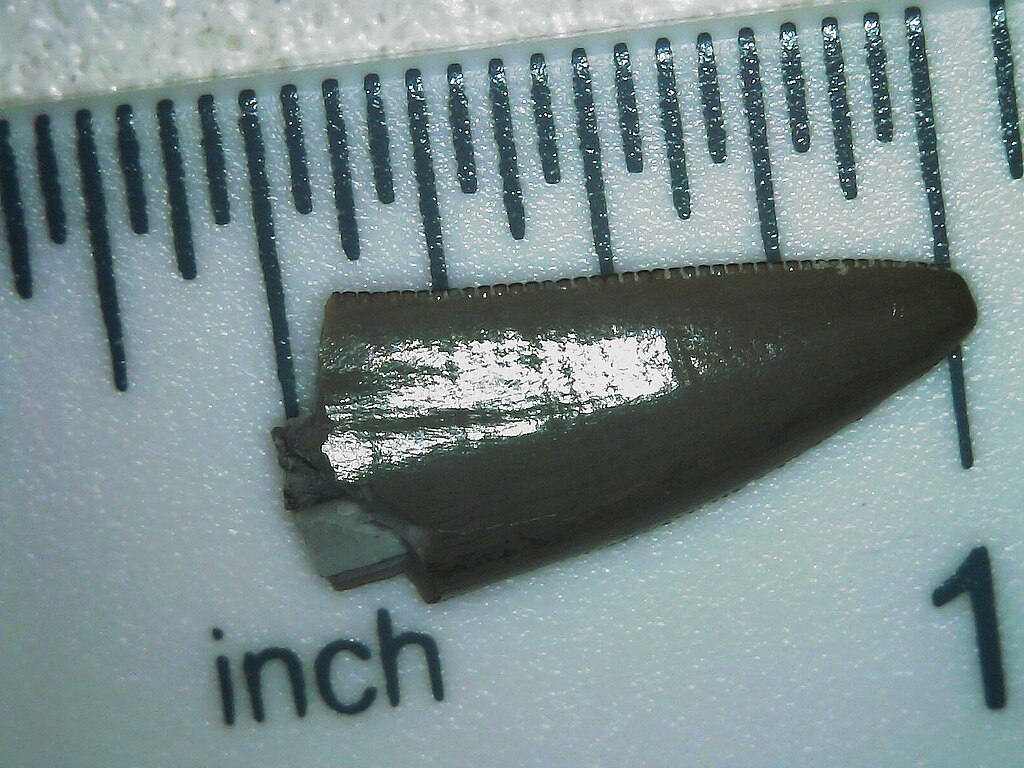
Postosuchus maintained its position at the top of the food chain through a carnivorous diet that likely encompassed a wide range of prey species. Paleontological evidence, including tooth wear patterns and jaw biomechanics, indicates it was capable of processing various types of animal tissue, from soft organs to tougher hide and even bone. Its serrated, blade-like teeth were ideally suited for slicing through flesh, while its robust jaw muscles provided the force necessary to dispatch struggling prey. Potential prey animals in its Texas habitat included primitive reptiles, early crocodylomorphs, and the herbivorous aetosaurs that were common in the Late Triassic. Of particular interest is Postosuchus’s relationship with early dinosauromorphs and true dinosaurs that were beginning to appear in the ecosystem—fossil evidence suggests these emerging groups may have been prey items for the powerful rauisuchian. Coprolites (fossilized feces) associated with large predators from this period contain bone fragments from multiple species, further supporting the theory that Postosuchus was an opportunistic predator that adapted its hunting strategies to available prey.
Social Behavior and Life Cycle
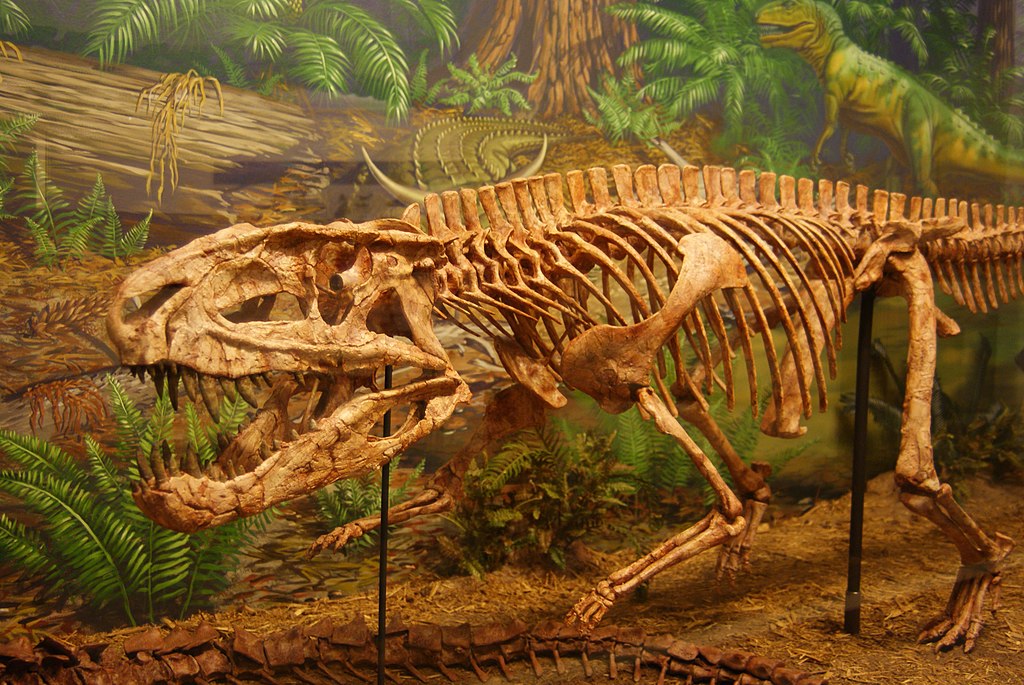
While direct evidence of Postosuchus’s social behaviors remains limited, paleontologists have developed theories based on fossil distributions, comparative anatomy, and the study of modern archosaurs. Current research suggests Postosuchus likely exhibited territorial behavior, with individuals maintaining and defending hunting grounds against competitors. Age-grouped fossil findings indicate potential ontogenetic niche partitioning, where juveniles and adults utilized different resources to avoid competition within their own species. Growth ring analyses of bones reveal that Postosuchus likely experienced rapid growth in its early years before reaching a more plateaued growth rate as it approached sexual maturity. Regarding reproduction, as an archosaur, Postosuchus almost certainly laid eggs, though no definitively attributed nests have yet been discovered in the fossil record. Sexual dimorphism may have existed, with some fossil specimens showing variations that could indicate differences between males and females, potentially related to mating displays or competition for mates—a pattern observed in many modern reptiles and birds descended from the archosaur lineage.
Interactions with Contemporary Species
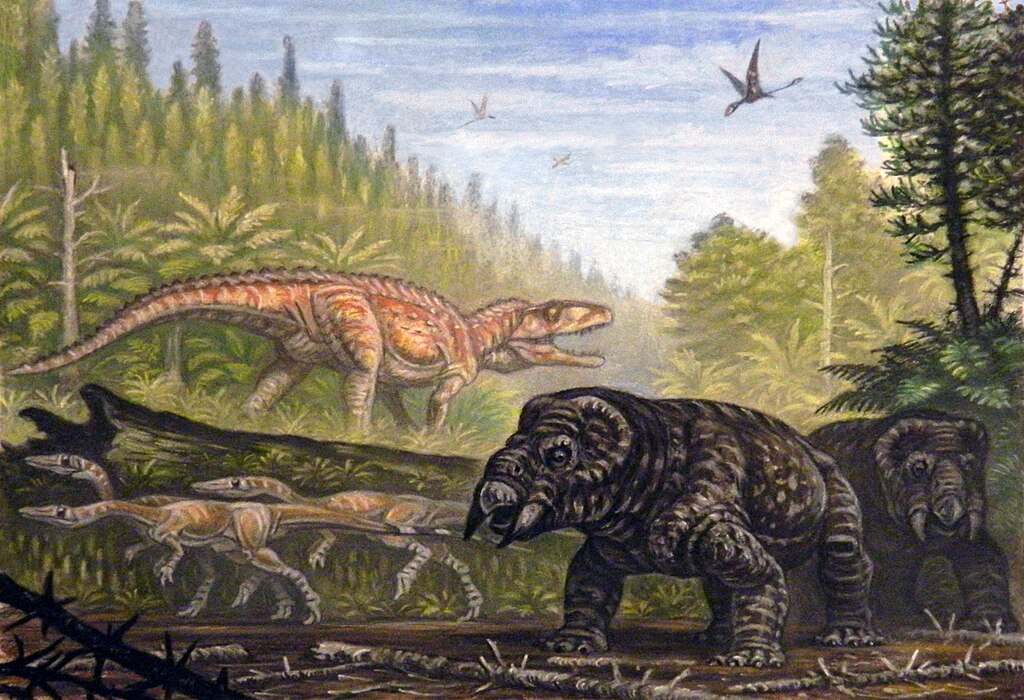
The Late Triassic ecosystem of Texas where Postosuchus reigned represented a dynamic period of evolutionary experimentation, with numerous reptile groups competing for resources. Postosuchus shared its habitat with early dinosauromorphs like Silesaurus and true dinosaurs such as Coelophysis, establishing complex predator-prey relationships during this transitional time in Earth’s history. Fossil evidence from the Dockum Group reveals that Postosuchus likely competed with other large predators including Poposaurus and various phytosaurs—crocodile-like reptiles specialized for semi-aquatic hunting. Herbivores in this ecosystem included armored aetosaurs like Desmatosuchus and various dicynodonts, which would have constituted potential prey for adult Postosuchus. Interestingly, some fossil sites show evidence of multiple species preservation, suggesting catastrophic burial events that captured snapshots of these ecological interactions. The complex food web of Triassic Texas positioned Postosuchus as a keystone species whose predatory pressure likely influenced the evolution and behavior of numerous contemporary species, potentially including the early dinosaurs that would eventually dominate terrestrial ecosystems worldwide.
Extinction and Evolutionary Legacy

The reign of Postosuchus and its rauisuchian relatives came to an end during the Late Triassic extinction event approximately 201 million years ago. This significant extinction eliminated many dominant terrestrial reptile groups, creating ecological vacancies that would soon be filled by dinosaurs. While the exact causes remain debated, evidence points to intense volcanic activity associated with the breakup of Pangaea, resulting in climate disruption, acid rain, and global temperature changes that proved catastrophic for many species. Despite their physical prowess, Postosuchus and other rauisuchians lacked the adaptations that allowed early dinosaurs to survive this environmental crisis. The extinction of these powerful predators represents a pivotal moment in evolutionary history, marking the transition from the archaic Triassic ecosystems to the dinosaur-dominated landscapes of the Jurassic period. Though Postosuchus itself left no direct descendants, its evolutionary branch contributed to the lineage that would eventually produce modern crocodilians, preserving some aspects of this remarkable predator’s genetic legacy through hundreds of millions of years to the present day.
Scientific Significance of Texas Discoveries
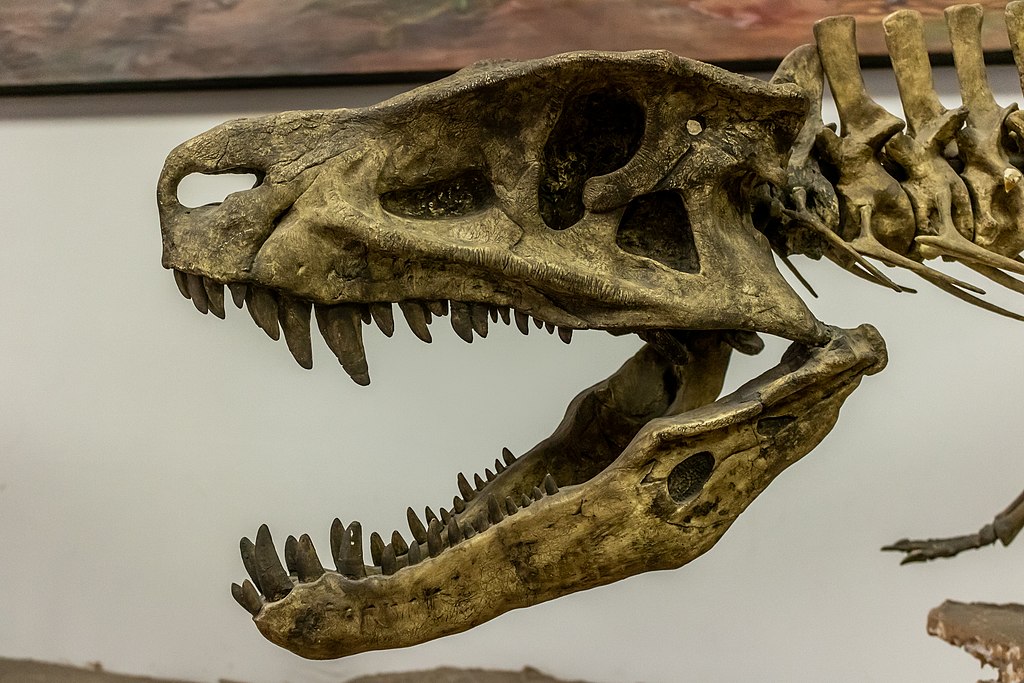
The Postosuchus specimens unearthed in Texas hold exceptional significance in the paleontological community, providing some of the most complete and well-preserved examples of this genus worldwide. The Post Quarry discoveries, along with additional findings from the Cooper Canyon Formation and other Dockum Group localities, have been instrumental in reconstructing not only the anatomy of this creature but also its ecological role. Texas specimens have enabled detailed studies of Postosuchus’s brain case, sensory capabilities, and locomotion through advanced techniques like CT scanning and digital reconstruction. These fossils serve as crucial reference materials for understanding the diversity and evolutionary relationships of rauisuchians across North America and globally. The Texas Museum of Natural History and the Texas Memorial Museum house significant Postosuchus material that continues to attract researchers from around the world. Additionally, these remarkable Texas discoveries have contributed substantially to public education about prehistoric life, with Postosuchus reconstructions featured prominently in museum exhibits throughout the state, bringing this ancient Texas predator to life for thousands of visitors annually.
Misconceptions and Popular Portrayals
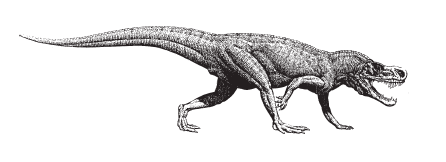
Despite its significance in prehistoric ecosystems, Postosuchus has frequently been misrepresented in popular media and educational contexts. One common misconception portrays it as a dinosaur, when it actually belonged to a separate archosaur lineage that preceded and initially competed with dinosaurs. Another widespread error involves depicting Postosuchus with a sprawling, crocodile-like posture, whereas fossil evidence strongly indicates a more upright stance with legs positioned beneath the body. Various documentaries, including BBC’s “Walking with Dinosaurs,” have featured Postosuchus, sometimes with outdated anatomical interpretations that paleontologists have since revised. Museum displays occasionally perpetuate these inaccuracies, though major institutions have updated their exhibits to reflect current scientific understanding of the animal’s appearance and behaviors. The confusion surrounding Postosuchus illustrates the challenges in accurately communicating paleontological discoveries to the public, particularly for lesser-known prehistoric species that existed during transitional periods in Earth’s history. Modern paleontologists continue working to correct these misconceptions through updated publications, museum installations, and public engagement efforts focused on these fascinating Texas predators.
Modern Research and New Discoveries
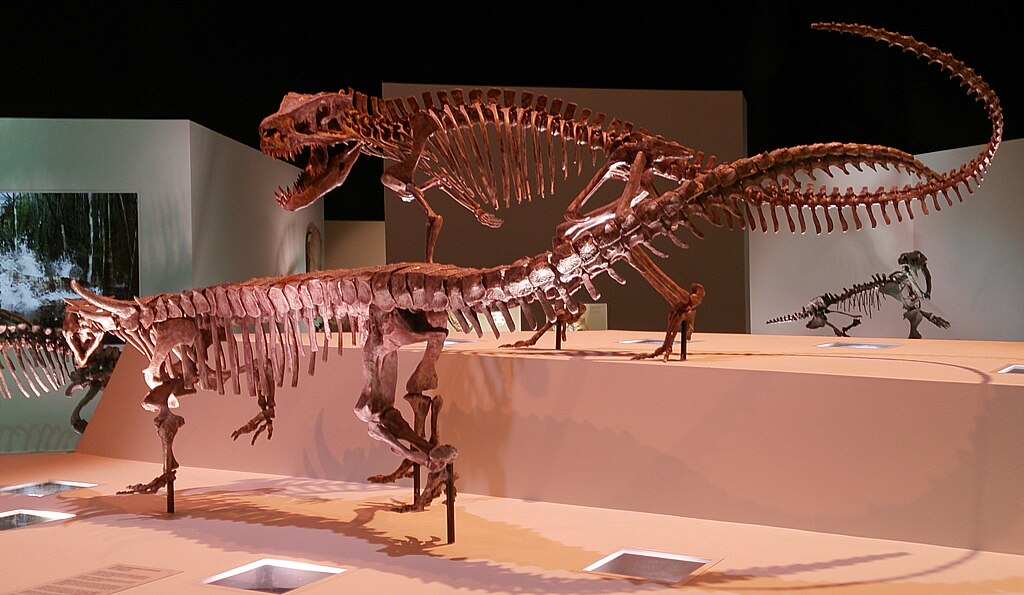
Contemporary research on Postosuchus continues to yield fascinating insights through advanced technological approaches and new fossil discoveries. Recent excavations in the Dockum Group have uncovered additional Postosuchus material, including previously unknown juvenile specimens that are reshaping our understanding of the creature’s growth patterns and ontogenetic development. Biomechanical studies utilizing computer modeling have provided detailed analyses of Postosuchus’s bite force, locomotion capabilities, and predatory behaviors, offering unprecedented insights into its lifestyle. Histological examinations of bone microstructure are revealing growth rates and physiological characteristics that suggest Postosuchus may have possessed a metabolism intermediate between typical reptiles and the more active dinosaurs. Paleontologists are also employing stable isotope analyses of teeth and bones to reconstruct aspects of Postosuchus’s diet and habitat preferences with greater precision than previously possible. The University of Texas, Texas Tech University, and other regional institutions continue leading research efforts on this iconic Texas predator, collaborating with international teams to place Postosuchus within increasingly refined models of Triassic ecosystems and archosaur evolution. These ongoing investigations promise to further illuminate the biology and ecological significance of this remarkable creature that once dominated the Texas landscape.
Conclusion
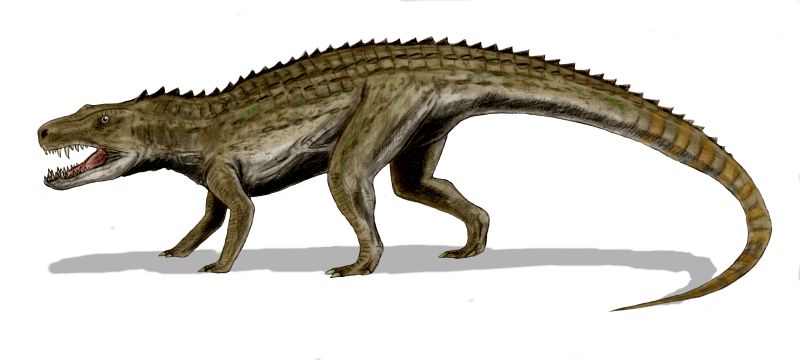
The story of Postosuchus represents a fascinating chapter in Earth’s evolutionary history, particularly for the prehistoric landscapes of Texas. This formidable predator dominated its ecosystem millions of years before dinosaurs rose to prominence, embodying the remarkable adaptability of archosaurs following the Permian-Triassic extinction event. Through continued paleontological research in Texas’s fossil-rich formations, our understanding of Postochus continues to evolve, offering insights not only into this specific creature but also into the complex ecological relationships that shaped life during the Triassic period. As scientists uncover more evidence and apply advanced analytical techniques, Postosuchus emerges not as a simple predecessor to dinosaurs, but as a sophisticated apex predator that represented the pinnacle of carnivore evolution in its time—a true Texas prehistoric icon whose legacy helps us understand the dramatic evolutionary transitions that shaped our world.

